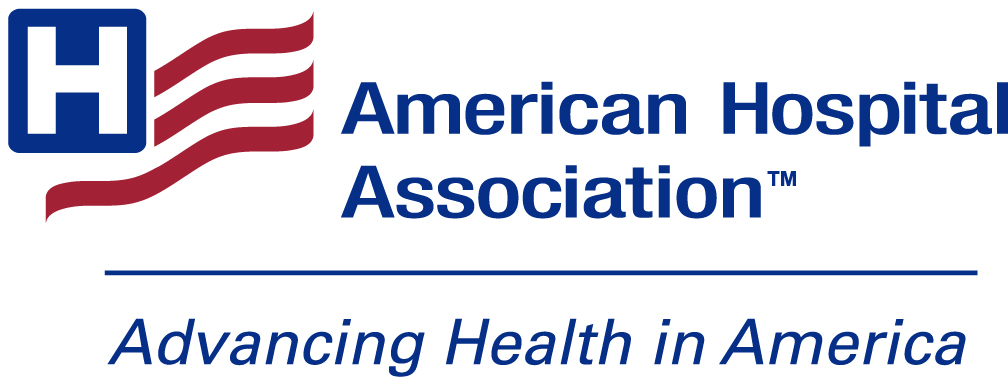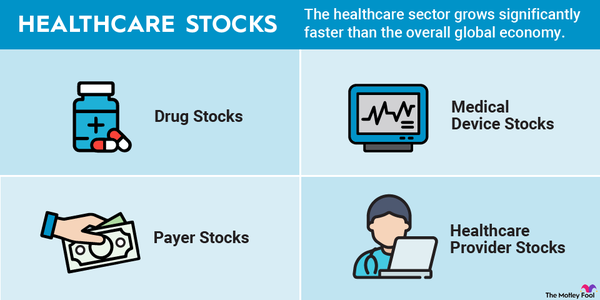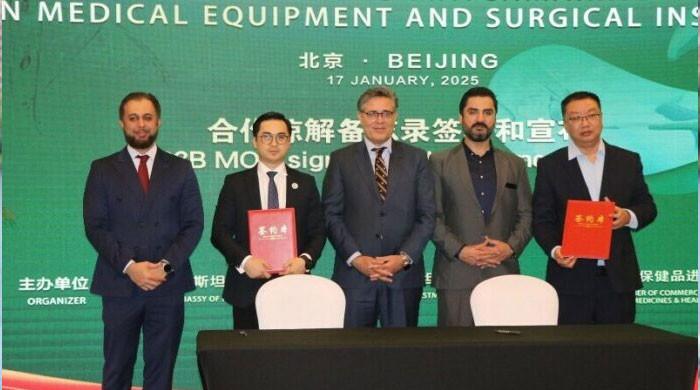Fact Sheet: Impact of Tariffs on Health Care Equipment

Having adequate and up-to-date medical supplies, devices and equipment are necessary for hospitals to deliver high quality care to patients. The United States relies on foreign countries, especially China, for medical equipment and supplies. As of May 2, the U.S. has imported $14.9 billion in medical equipment in 2024, compared with $14 billion at this time last year, according to the Census Bureau.
In late May, the Biden administration announced a plan to raise tariffs on a number of Chinese made items, including electric vehicles, solar cells and a number of other products. Imports of syringes, medical masks, respirators and gloves from China will see higher tariffs, although the size of the increases and when the hikes will take effect vary. Most increases will take effect on Aug. 1.1
A May 22 Federal Register notice from the Office of the U.S. Trade Representative announced some exceptions:2
- Tariff increases for semiconductors are delayed until Jan. 1, 2025.
- Proposed increases for lithium-ion non-electrical vehicle batteries, medical gloves and natural graphite will take effect Jan. 1, 2026.
- There are other special situations. For example, there were tariff exclusions for 77 medical products that have been exempted from the tariffs since the COVID-19 pandemic. They were set to expire on May 31, but on May 24, the government announced that most of these health care products were being granted a oneyear extension — through May 31, 2025.
- Examples of medical products getting the one-year extension include single-use sterile drapes, laparotomy sponges, anesthesia instruments, electrosurgical cautery pencils, blood pressure monitors and fingertip pulse oximeters.
- The rest have a two-week transition period through June 14 and then the relevant tariffs resume. Products getting the two-week transition period include single-use blood pressure cuff sleeves and single-use stethoscope covers.
Impact on Health Care
Comprising approximately 10.5% of the average hospital’s budget, medical supply expenses collectively accounted for $146.9 billion in 2023, an increase of $6.6 billion over 2022, according to data from Strata Decision Technology.
The tariffs on Chinese made semiconductors solar cells, syringes and needles will increase to 50% from the 25% they are at now. Tariffs on batteries, face masks, medical gloves, graphite, other critical minerals, permanent magnets, steel and aluminum products will increase to 25%; many of these items currently are at up to a 7.5% tariff.
AHA Take
AHA supports efforts to incentivize domestic manufacturing of essential medical supplies to improve the resiliency of the health care supply chain. However, higher prices for high-volume medical supplies, such as personal protective equipment and syringes, are likely to exacerbate and prolong the financial headwinds that hospitals already face today. For more on hospital supply costs, as well as many other financial pressures hospitals are experiencing that are challenging their ability to provide 24/7 care for patients and communities, view the recent AHA report.
___________
1 whitehouse.gov/briefing-room/statements-releases/2024/05/14/fact-sheet-president-biden-takes-action-to-protect-american-workers
2ustr.gov/sites/default/files/Section%20301%20Exclusion%20Extension%20FRN.pdf
link






